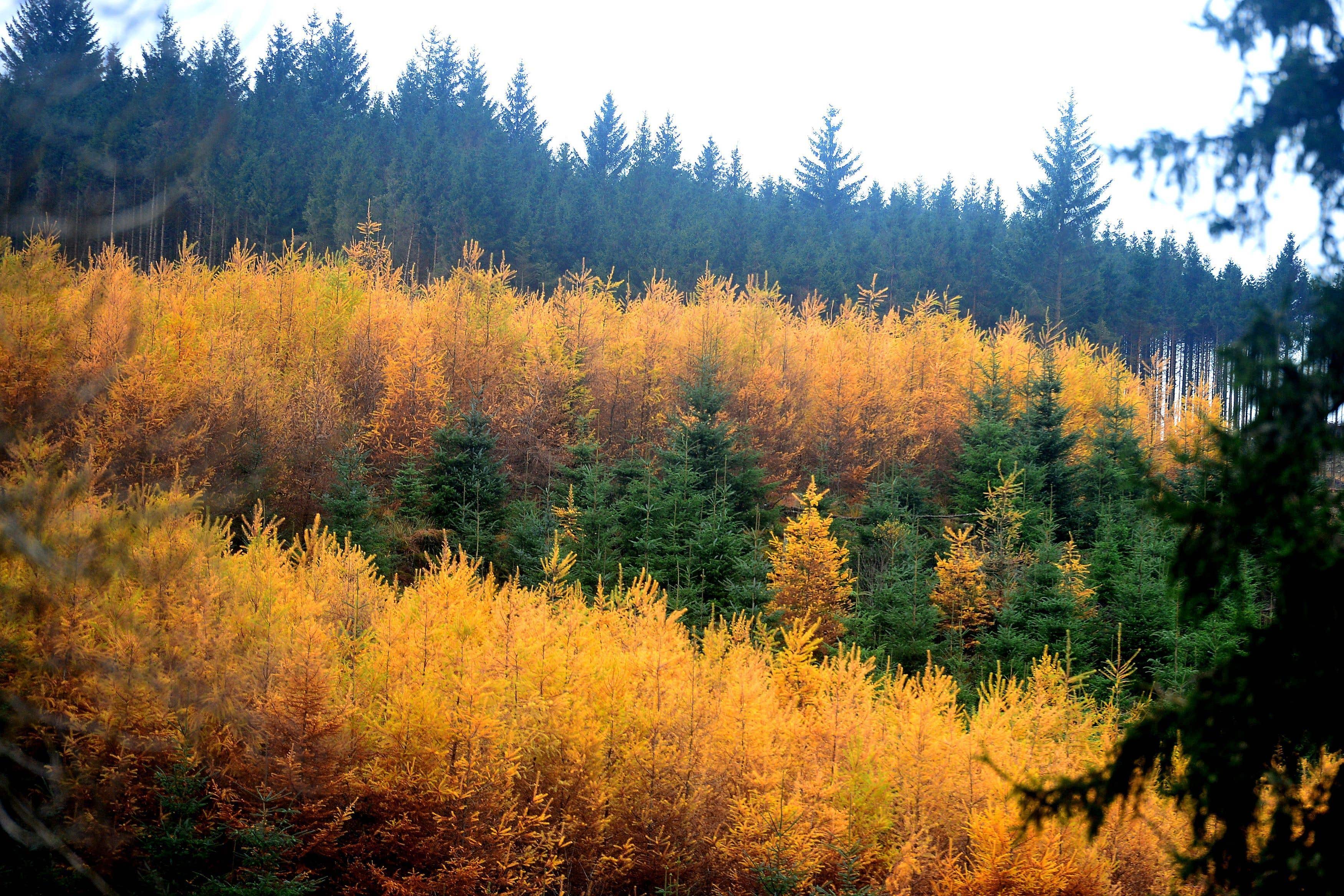More than 30,000 acres of woodland damaged by last winter’s storms – study
The Forestry Commission chairman has called on land managers to plant and maintain more resilient woods in the face of climate change.

Last winter’s storms damaged more than 30,000 acres of woodland across Britain, officials said as they called for more resilient forests in the face of climate change.
Assessments from the Forestry Commission’s research agency, Forest Research, show almost 12,750 hectares (31,500 acres) of trees were blown down in storms last winter in Great Britain, with 3,350 hectares (8,278 acres) damaged in England.
The Forestry Commission said the overall damage in England was relatively “modest”, equating to 0.2% of woodland cover, and would not impact on tree planting targets.
Trees will reseed naturally and more than 90% of trees which fall as a result of storm damage are replanted, so only a small percentage of forest will be lost in the long term, the commission said.
The woodlands of the future need to be planted and managed differently if they are to not only survive but thrive in the future
But the commission’s chairman, Sir William Worsley, has called for landowners and forestry managers to plant more diverse and resilient tree species that can better withstand increasingly extreme weather such as storms, new pests and diseases, drought and rising temperatures.
He said: “The figures released today highlight the challenges we are facing with a changing climate and more frequent and extreme storm events.
“The woodlands of the future need to be planted and managed differently if they are to not only survive but thrive in the future.
“Now and in the long-term, we need a wider range of tree species and age profiles across the country.
“This targeted approach will ensure the long-term resilience of our precious woodlands.”
The assessment by Forest Research found the majority of the damage was the result of Storm Arwen in late November 2021, bringing down 8,781 hectares of trees in Scotland (21,698 acres), 3,304 hectares (8,164 acres) in England and 78 hectares (193 acres) in Wales.
The damage from Storm Arwen in England mostly hit commercially important woodlands in the North East and in and around Kielder Forest, the Commission said.
While the Forestry Commission said the storm damage will not affect tree-planting targets, figures show planting rates are not significant increasing despite Government pledges to boost woodland creation to tackle the climate and nature crises.
In England, where the Government has pledged to treble tree planting to 7,000 hectares a year by 2024 as part of climate and nature recovery efforts, 2,260 hectares of new woodland were planted in 2021/2022.